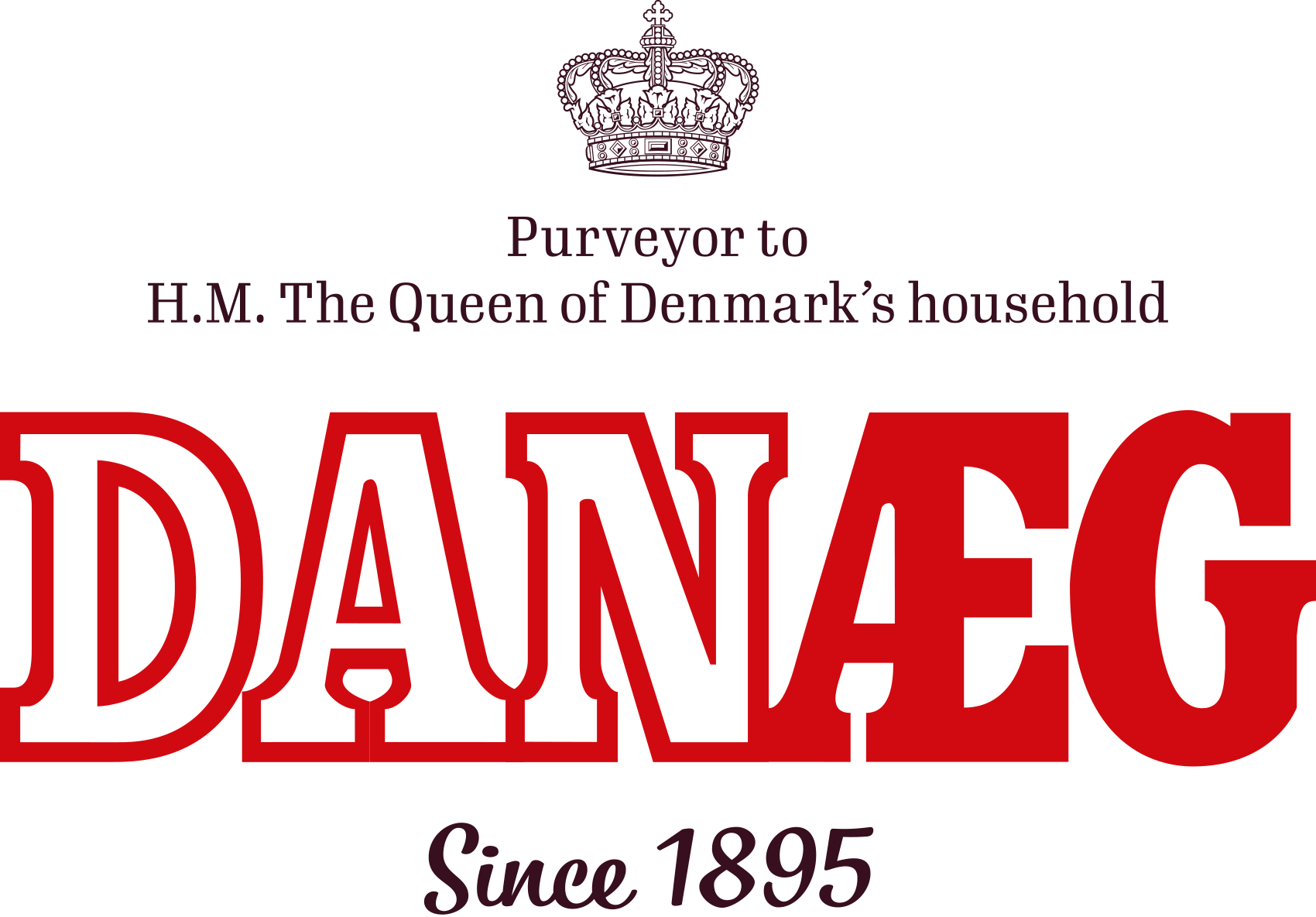FRILANDSÆG
Adgang til hønsegård året rundt
Frilandsæg bliver lagt af høner, der har adgang til en udendørs hønsegård året rundt. Udearealet skal minimum være fire kvadratmeter pr. høne. Hønsegården skal være dækket af græs eller jord, og hos Danæg stiller vi yderligere krav til vores ægproducenter om beplantning, så hønerne får ly og læ for rovfugle.
In the barn and the hen yard
Free-range hens live in a barn, where they have access to litter in the form of a dust bath/scratching area, as well as perches and nests. A maximum of 9 free-range hens per m2 is permitted.
Free-range hens have free access to outdoor areas – all year round. The area must be covered with grass or similar vegetation.
Four differences
What is the difference between organic and free-range hens?
Both organic and free-range hens have a large, outdoor hen yard, with a maximum of 4 hens per square meter. But four things differentiate organic hens from free-range hens: space in the barn, lenght of perches, daylight and feed.
In the barn 9 free-range hens are permitted per m2, while only 6 organic hens are permitted per m2. Organic hens have 18 centimeters of perch per hen, while free-range hens have only 15 centimeters per hen. Organic hens have natural daylight in the barn - free-range hens are not entitled to this. Free-range hens receive conventional feed, while organic hens receive certified organic feed. The feed used in the organic production must be GMO-free.
Access to outdoor areas
What is the difference between barn hens and free-range hens?
Barn hens and free-range hens have in common that 1/3 of the floor in the hen houses must be covered with litter in the form of a dust bath/scratching area, and they have nests and perches. At the same time, barn hens and free-range hens receive conventional feed.
The biggest difference is that free-range hens have access to outdoor areas - barn hens do not. In addition, there is a slight difference in flock sizes. A barn hen flock is usually 6,000 - 35,000 hens. In a herd of free-range hens, there are typically 6,000 - 30,000 hens.
